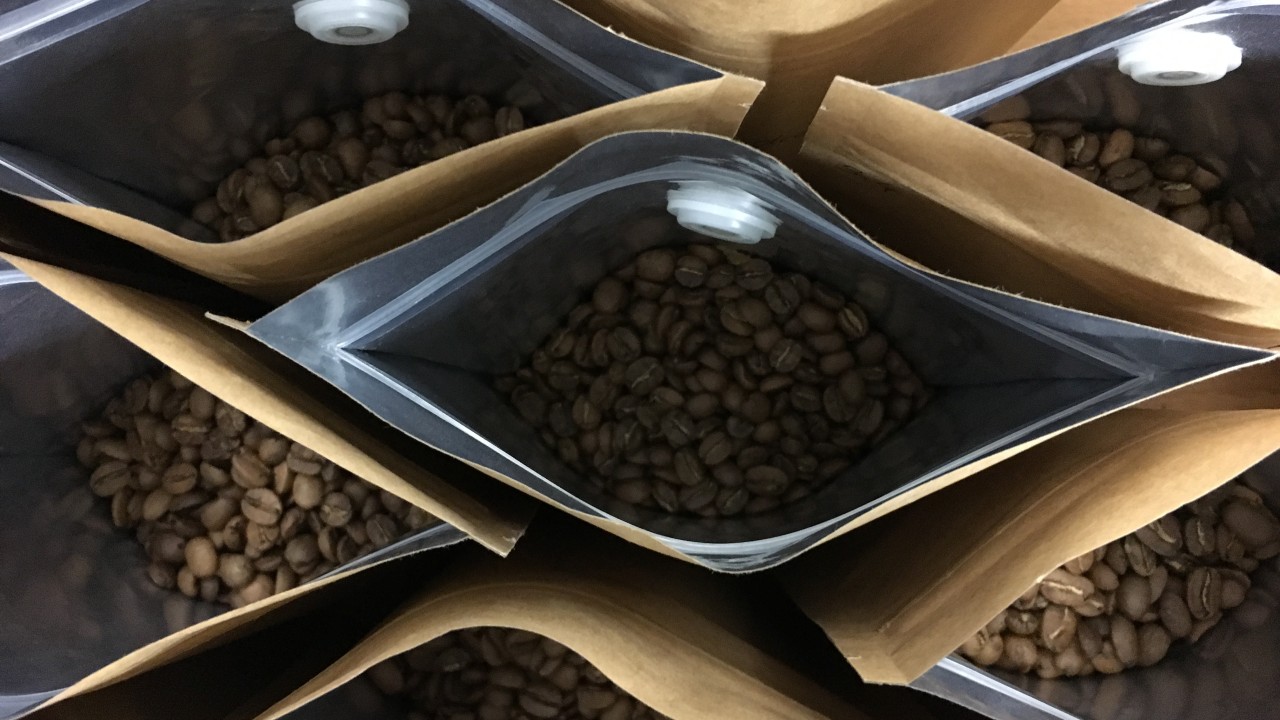Dr. Steffen Schwarz, an expert in applied coffee science, believes that a gradual yet decisive transformation is underway in Europe’s coffee preferences. Canephora beans (commonly known as Robusta) are quietly gaining ground over Arabica, which has long dominated the continent’s coffee culture. Schwarz refers to this as a “silent shift,” driven not only by economic factors but by deeper changes in how quality, taste, and function are perceived.
Dr. Schwarz is a leading figure at Coffee Consulate, an independent training and research center based in Germany. The center offers scientifically grounded programs for the coffee industry, including flexible one-day workshops and comprehensive training for professionals in cafés, hotels, bakeries, roasteries, and farms. One of its most advanced offerings is the Coffeologist program, which consists of 12 one-day workshops covering the full coffee value chain—from bean to cup. This builds on the Coffee Connoisseur course, a six-day program focused on cultivation, processing, botanical principles, origin profiles, and professional tasting.
According to Schwarz, the European Coffee Report 2023/2024 confirms a slight decline in Arabica’s market share in EU and EFTA imports, now at 59.2%, while Canephora has risen above 40%—even surpassing Arabica in countries like Italy, Portugal, and Eastern Europe.
This shift, he says, is a response to climate challenges, production efficiency, and evolving consumer behavior. Canephora offers greater resilience, higher yields, and better adaptability for farmers in regions such as Southeast Asia and West Africa. In turn, Europe is adjusting its import dynamics to align with availability.
He also highlights that modern processing techniques—such as anaerobic fermentation and sugarcane washing—have improved the sensory profile of Canephora, bringing out notes of dark chocolate, spices, and red fruit, particularly in high-altitude or hybrid varieties.
Northern markets like Germany and Scandinavia are now integrating high-quality Canephora into blends and even offering it as single-origin coffee—something that was previously rare. This is partly due to younger consumers’ preferences for stronger, fuller-bodied coffee aligned with their tastes for cold brews and energy drinks.
Schwarz raises critical questions: Should Canephora be evaluated on its own terms rather than Arabica’s standards? Will European markets pay a fair premium for quality Canephora as producing countries invest in excellence? Or will it remain trapped in a commodity model focused on quantity?
He concludes that the future of coffee in Europe won’t be decided in cupping labs alone—it will depend on how cultural, economic, and scientific frameworks evolve to embrace this silent shift.
